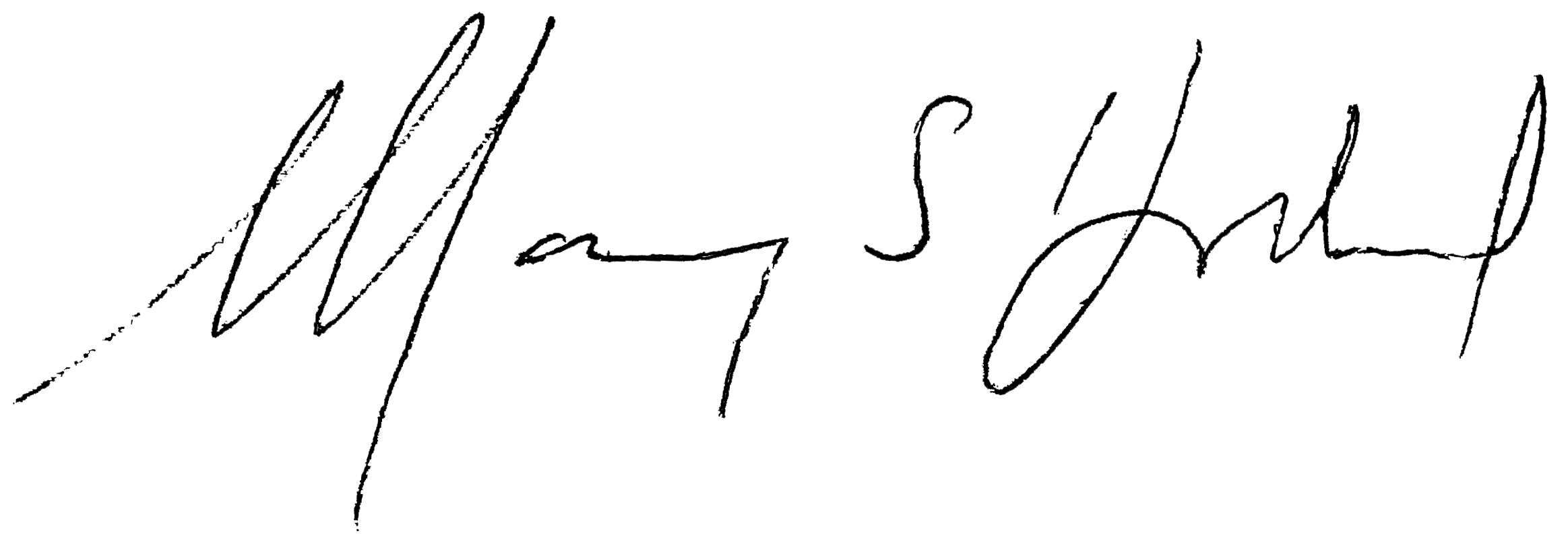
When many of us were growing up I never heard the word Autism.
Today 1 in 22 children (and their families) suffer from brain damage.
We have been lied to. Vaccines are not safe and effective.
Vaccine injuries are real and can be devastating.
I just sent $100 to CHD to support this long overdue lawsuit.
Chip in if you can.
Michael


Demanding justice for vaccine-injured children like Yates means ending the fraud around autism. And, we are closer than ever. Read on . . .
For decades, children who developed autism after receiving routine vaccines have been denied justice. Their parents have been ridiculed, gaslighted, left to cope on their own. Kids suffered.
All because the National Vaccine Injury Compensation Program (NVICP) determined vaccines didn’t cause autism in three “test” claims. Those three claims determined the fate of over 5,000 children in the NVICP’s Omnibus Autism Proceeding (OAP) — and those 5,000 children represented hundreds of thousands of vaccine-injured children.
This twisted miscarriage of justice directly affected the U.S. Supreme Court decision in Bruesewitz v. Wyeth, largely shielding the pharmaceutical industry from liability for vaccine injury.
What if the NVICP Omnibus Autism Proceeding rulings were based on fraud?
CHD thinks so. Today, we filed a motion to expose the fraud upon the courts we allege DOJ lawyers committed — fraud that led to a SCOTUS decision that let Big Pharma off the hook for injuring millions of children.
Loyal CHD donors have stepped in to help us launch a Million Dollar Match campaign. I’m asking you for your support to help fund the critical work of demanding answers – and justice – for all children injured by Big Pharma.
Please donate today so we can meet the critical May 15 deadline for this Million Dollar Match campaign. Every dollar matters!Make a Donation
April is “Autism Awareness Month” . . . or as some now defeatedly call it, “Autism Acceptance Month.”
As in past Aprils, health agencies and media will tell us how each year more and more children — now 1 in 36 nationally and 1 in 22 in California! — are diagnosed with autism.
We might hear from “the experts” about new treatments. New programs for children. New resources for parents.
CHD supports all these efforts to improve the lives of children and young adults with autism and their families.
But here’s what we will not accept: the refusal by our taxpayer-funded public health agencies to investigate the real causes behind this tragic epidemic that is robbing children of their full potential.
We believe this new motion — filed on behalf of Yates Hazlehurst, son of CHD Senior Staff Attorney Rolf Hazlehurst — will once and for all expose the fraud that denied Yates and millions of children like him compensation for vaccine injuries.
And in the process, denied them the truth.
Why this motion now?
Because CHD uncovered new evidence of how the DOJ hid critical testimony about how vaccines cause autism in some children!
The time is now. Likely, we will never have a better opportunity than we have right now to reopen the scientific debate around vaccines and autism because, thanks to the tragic COVID vaccine debacle, more people than ever before — including members of Congress — are questioning the safety of vaccines.
This motion will reignite the debate . . . in the courts. In the court of public opinion. In the halls of Congress . . . and permanently revoke the liability shield that allows Big Pharma to injure generation after generation of children, and now adults.
This may be our best shot. But we need your help.
Please donate today so we can meet the critical May 15 deadline for this Million Dollar Match campaign. Give what you can. Every dollar matters!
Thank you for investing in the critical work of protecting our children — our future.


Mary Holland
President
Children’s Health Defense
P.S. Please consider making a recurring donation to support CHD’s legal, scientific research, education, and advocacy work. Thank you!
You Make It Possible
Children’s Health Defense depends on generous donations from our community. Large or small, every donation gets us closer to achieving our goals.
Become a Member | Donate NowWork for CHD
Children’s Health Defense® is a 501(c)(3) non-profit organization. Our mission is to end childhood health epidemics by working aggressively to eliminate harmful exposures, hold those responsible accountable and establish safeguards to prevent future harm. We fight corruption, mass surveillance and censorship that put profits before people as well as advocate for worldwide rights to health freedom and bodily autonomy.
Children’s Health Defense
852 Franklin Ave., Suite 511
Franklin Lakes, New Jersey 07417
Contact Us